Hurricane Insurance Claims: 10 Things You Need to Know
When filing a hurricane insurance claim, know what's covered, what isn’t and how to get the most out of your policy.

As each year seems to break the previous year's record for the number and intensity of hurricanes to hit the United States, homeowners are increasingly learning the hard way what hurricane insurance does and does not cover. Eight of the 11 costliest natural disasters in U.S. history have been hurricanes. They have a wide range of impact that makes them so destructive, with risks including floods, high winds and storm surge.
A big part of picking up the pieces in the aftermath of a storm is making hurricane insurance claims, which includes looking at both what home insurance covers and your type of auto insurance. Dealing with filing may be the last thing you want to do as you manage home repairs and the emotional costs of damage, but it's vital to help you out.
Of course, one of the key points is to make sure your insurance coverage is up to date before a storm hits, which may mean finding the best policy with the cheapest home insurance to save on costs. Here’s how to get the money you deserve from your insurance company and ways to make the most of other assistance to fill in the gaps.
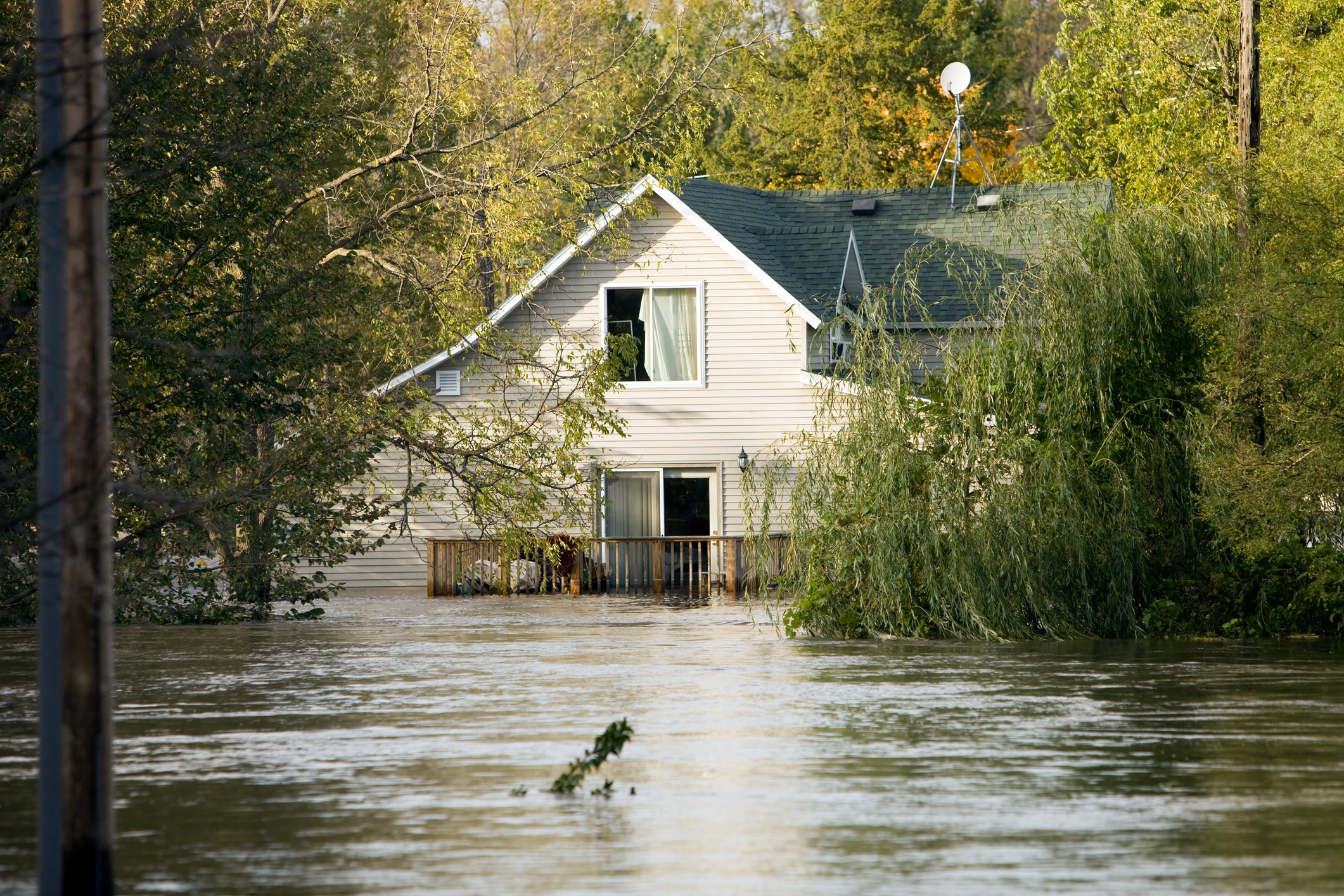
1. Flooding isn’t covered by standard homeowner's insurance
Damage caused by wind, wind-driven rain and water that comes into your home through the roof, windows, doors or holes in the walls is generally covered by homeowners insurance. But damage from flooding or water that rises from the bottom up — from the overflow of a body of water, for example, or a storm surge — is not covered. Distinguishing between the two after a hurricane can be tricky, especially if you can't easily tell where the water came in from. See the Federal Emergency Management Agency’s Wind Damage vs. Flood Damage fact sheet.
Hurricane Idalia was the only U.S. landfalling hurricane in 2023. It caused storm surge inundation of 7 to 12 feet and widespread rainfall flooding in Florida and throughout the southeast. A lot of the damage in Florida from was from flooding and was only covered if you had flood insurance, such as through the FloodSmart.gov National Flood Insurance Program or a private flood insurer. Reports indicate that few of the many inland properties that suffered damage from Ian had this critical coverage.
But even if you didn’t have flood insurance, it’s still worthwhile to contact your home insurance company to see whether some of your expenses will be covered, such as wind damage to your roof or the additional living expenses you incurred while you were out of your house.
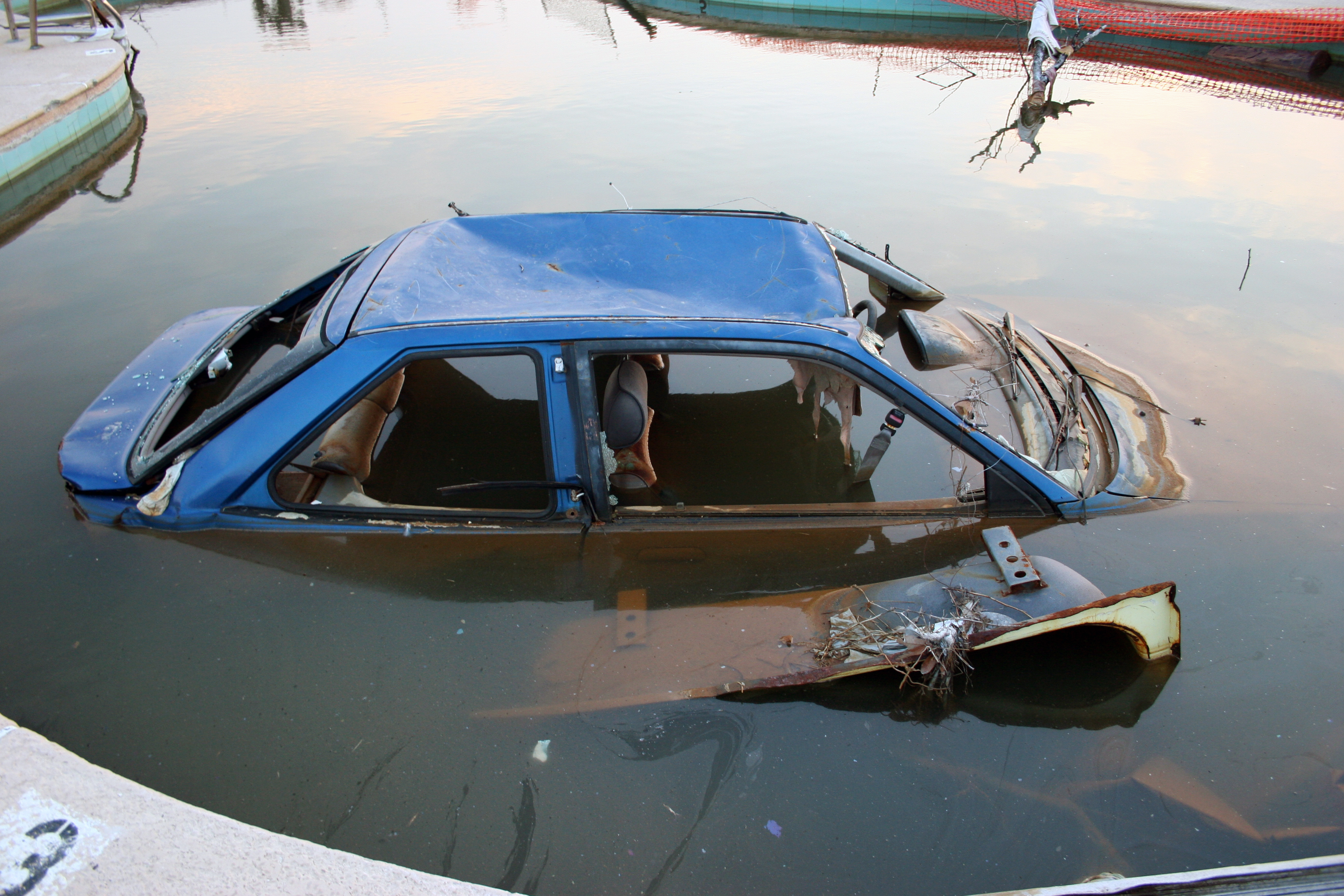
2. Flooding is covered by auto insurance
If your auto insurance includes comprehensive coverage, which insures against physical damage not caused by an accident, then flooding would be covered. In many cases, the water damage can be so bad that the insurance company will declare the car a total loss and pay out the current market value of the car (minus the deductible).
On that note, be careful if you're buying a used car in the months following a major hurricane as vehicles with flood damage enter the market. Water-damaged cars can pose serious safety risks, including faulty air bags and compromised electrical systems.
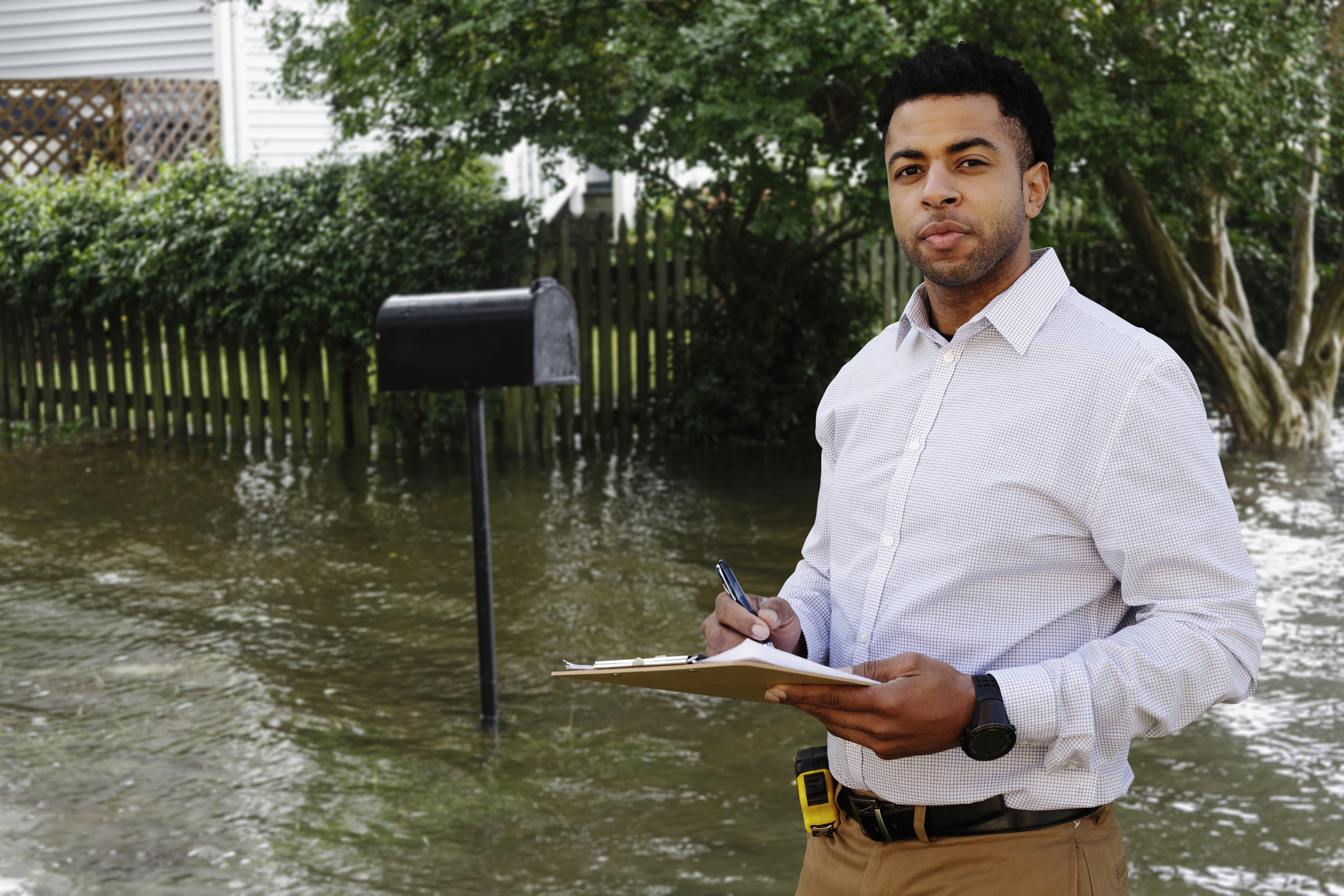
3. The sooner you start documenting your claim, the better
Insurers usually want you to make temporary repairs, such as putting up a tarp, to stop any further damage to the house, even before an adjuster assesses the property. But take pictures before you make those temporary fixes.
Check out the National Association of Insurance Commissioners’ apps and other resources to help you document the damages. Also, keep receipts of any supplies you had to purchase for repairs, which may be reimbursed by your insurer.
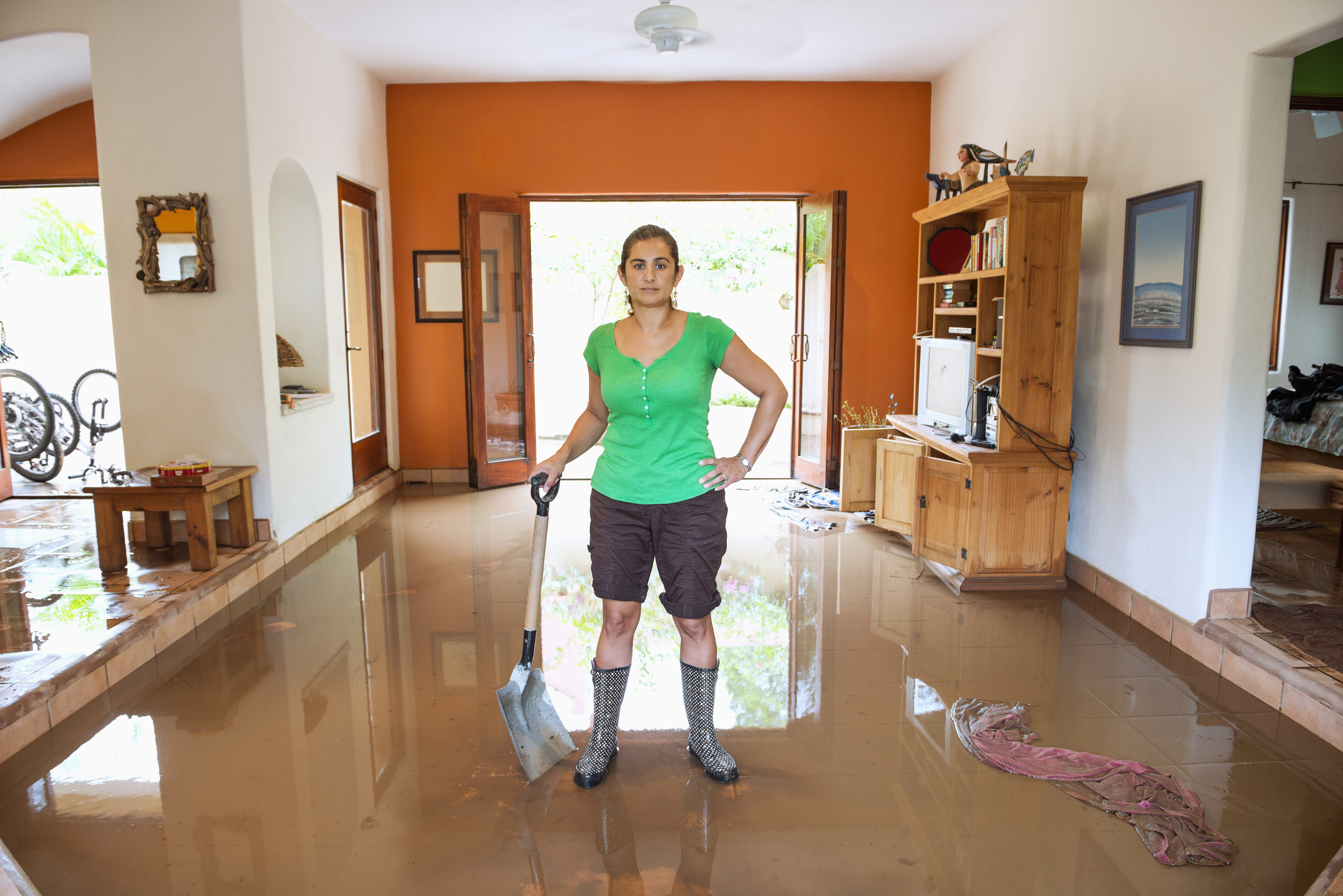
4. You may have a much higher deductible for hurricane damage
While damages from wind and wind-driven rain are covered by a standard homeowner's policy, many charge separate wind deductibles, which means higher out-of-pocket costs for you. The deductibles are usually based on a percentage (roughly 5% to 10%) of your home's insured value rather than a flat dollar amount.
That can really add up. For example, suppose your home is insured for $500,000 with a 5% wind deductible, and you have $30,000 worth of roof and siding damage from high winds. You’re responsible for $25,000, with your insurance covering only $5,000 of the damages.
Recently, too, insurers have been restricting coverage in areas frequently hit by natural disasters, making it harder to even find insurance coverage in disaster-prone areas — but there are some solutions to that.

5. You may qualify for other assistance
Most states’ emergency management agencies have information about other resources to help after a hurricane, such as emergency housing, medical and financial assistance from a variety of nonprofits and government agencies.
Start by typing your address in the tool at DisasterAssistance.gov to find out about aid in your area, including money for living expenses and rebuilding. You can also get in-person help at a FEMA disaster recovery center.
Look up the nearest one using the recovery center locator or the FEMA mobile app. You may also qualify for SBA Disaster Loan Assistance, a low-interest loan available for homeowners and renters to repair or replace damaged property. (Even though it’s offered by the U.S. Small Business Administration, you don’t need to be a business to qualify.) Also see links to the state emergency management agencies.
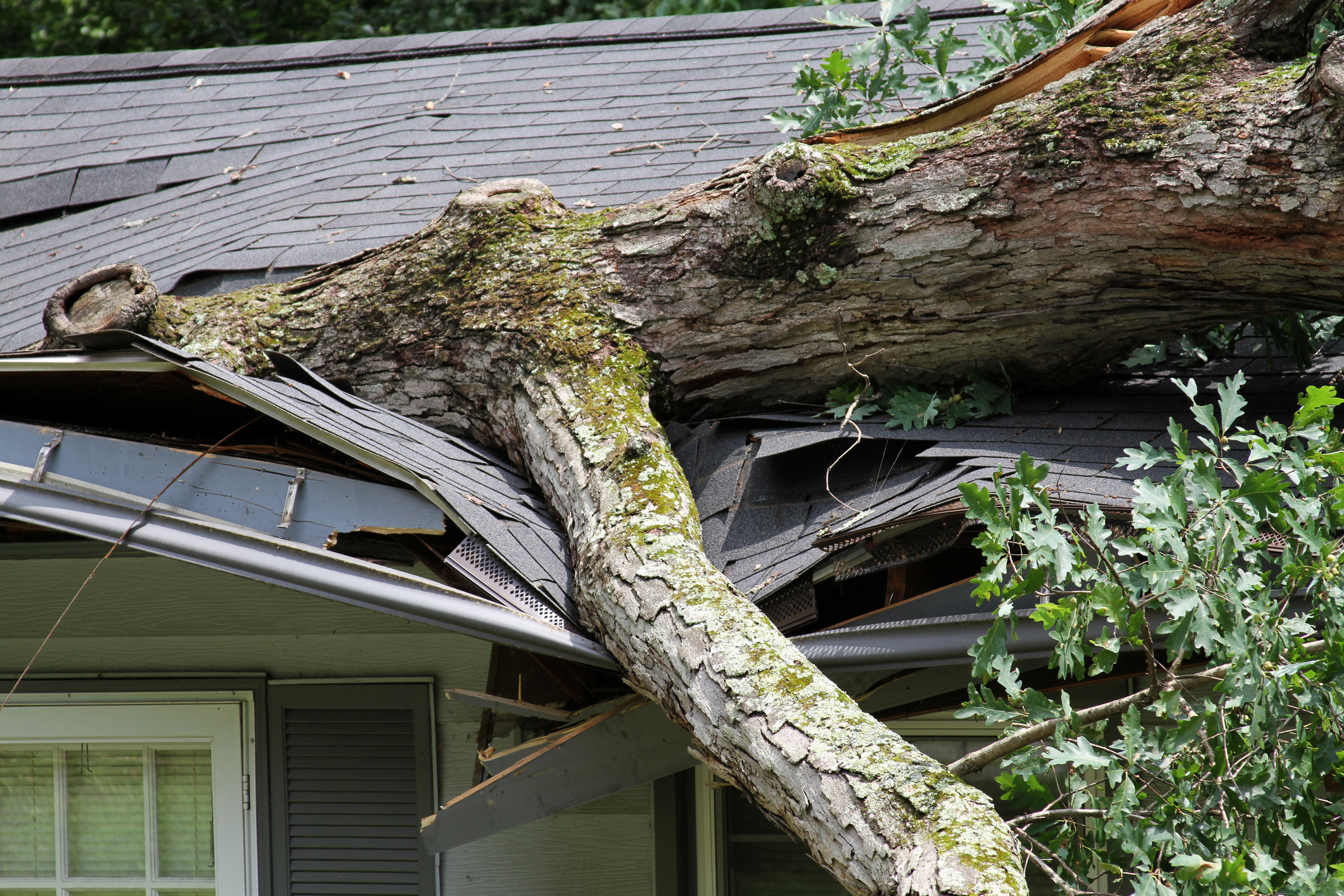
6. Fallen trees are usually covered
Even if a hurricane didn’t destroy your home directly, you may have some damage from fallen trees. This is generally covered by your homeowner's insurance, with one exception. If the tree was already dead or damaged before the hurricane, your insurance may decide the damage was caused by negligence or lack of maintenance and deny your claim.
If your tree damages a neighbor’s property — say, crushing a garage or fence — your neighbor should file a claim with his insurance company, which will generally pay to fix the damage. When a tree falls and doesn’t hit anything, insurance policies will typically pay just $500 to $1,000 — or sometimes nothing — for the cleanup.

7. Your insurer may pay for living expenses while you’re out of your home
Most homeowners policies pay for additional living expenses — including rent, food and other costs — for up to a year if the covered damage means you're unable to live in your home. In some policies, the insurer pays up to a certain percentage of your total coverage amount for additional living expenses. This may be the first money you get from your insurance company before it determines how much to pay to rebuild your home.
These living expenses can really add up if you’re out of your home for a while as you wait for your house to be repaired or rebuilt. Be sure to keep all the receipts for reimbursement. Some insurers provide debit cards for these expenses.
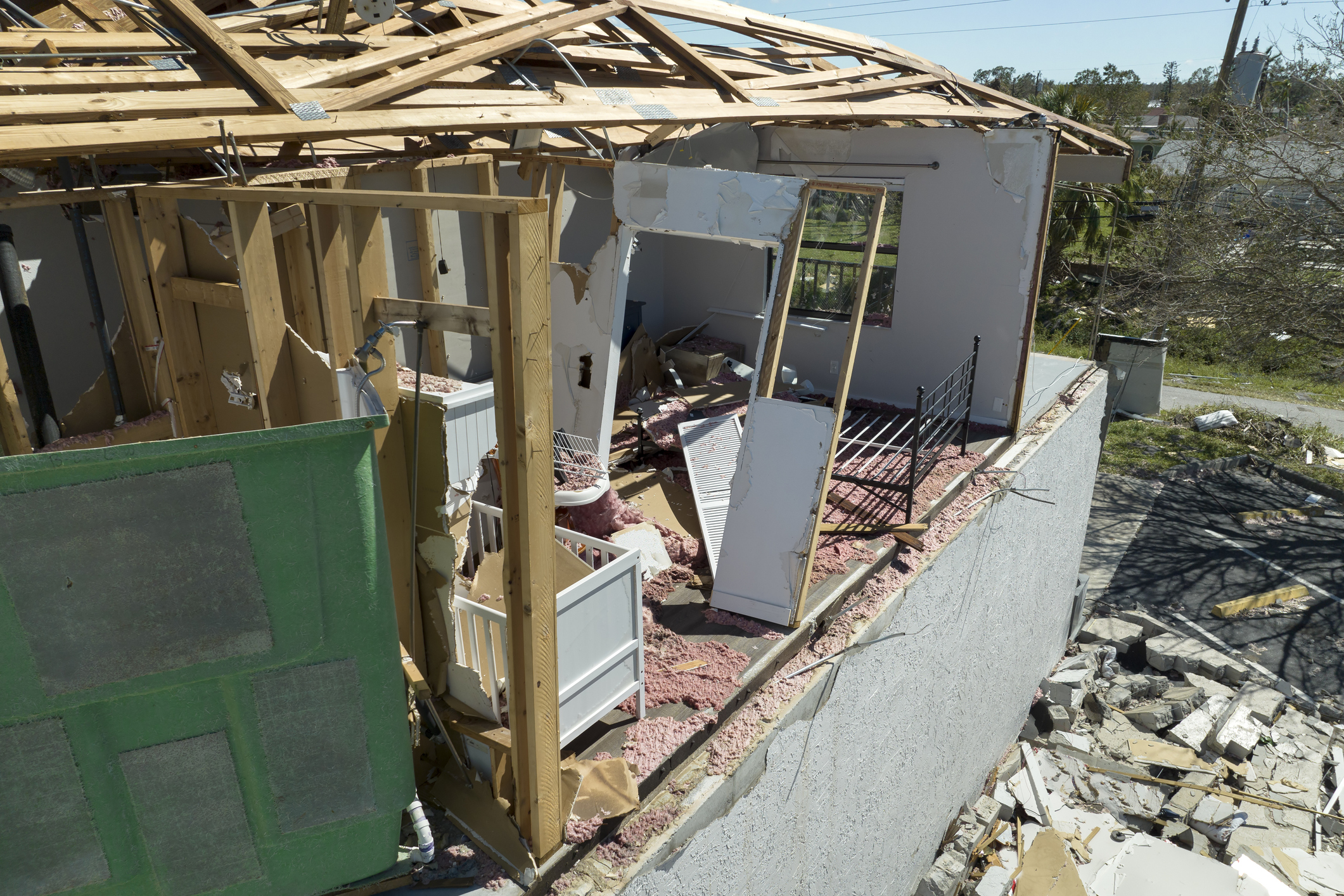
8. You should update your home inventory before disaster strikes
If you had a home inventory listing your possessions, and you kept it online or outside of your home, you’ll have a great head start when filing your claims. Otherwise, you may be able to piece together information that can help with your claim. Any photos you have of the rooms in your home can provide evidence to the insurer about items that were damaged.
To get a head start and help create a smoother claims process, take pictures of each room in your home, including closets, at least once a year so you have an up-to-date record of your possessions. Whenever you buy any big ticket items, like a new dishwasher or expensive jewelry, keep digital copies of your receipts so you have proof of ownership and value at hand when it comes time to file a claim.
After a hurricane, take new pictures before removing debris so that you have some documentation that the items were damaged in the storm. See How to Get Your Insurer to Pay Your Claims to read about how people have pieced together inventories after tornados and water-damage claims — and what they wish they would have done differently.
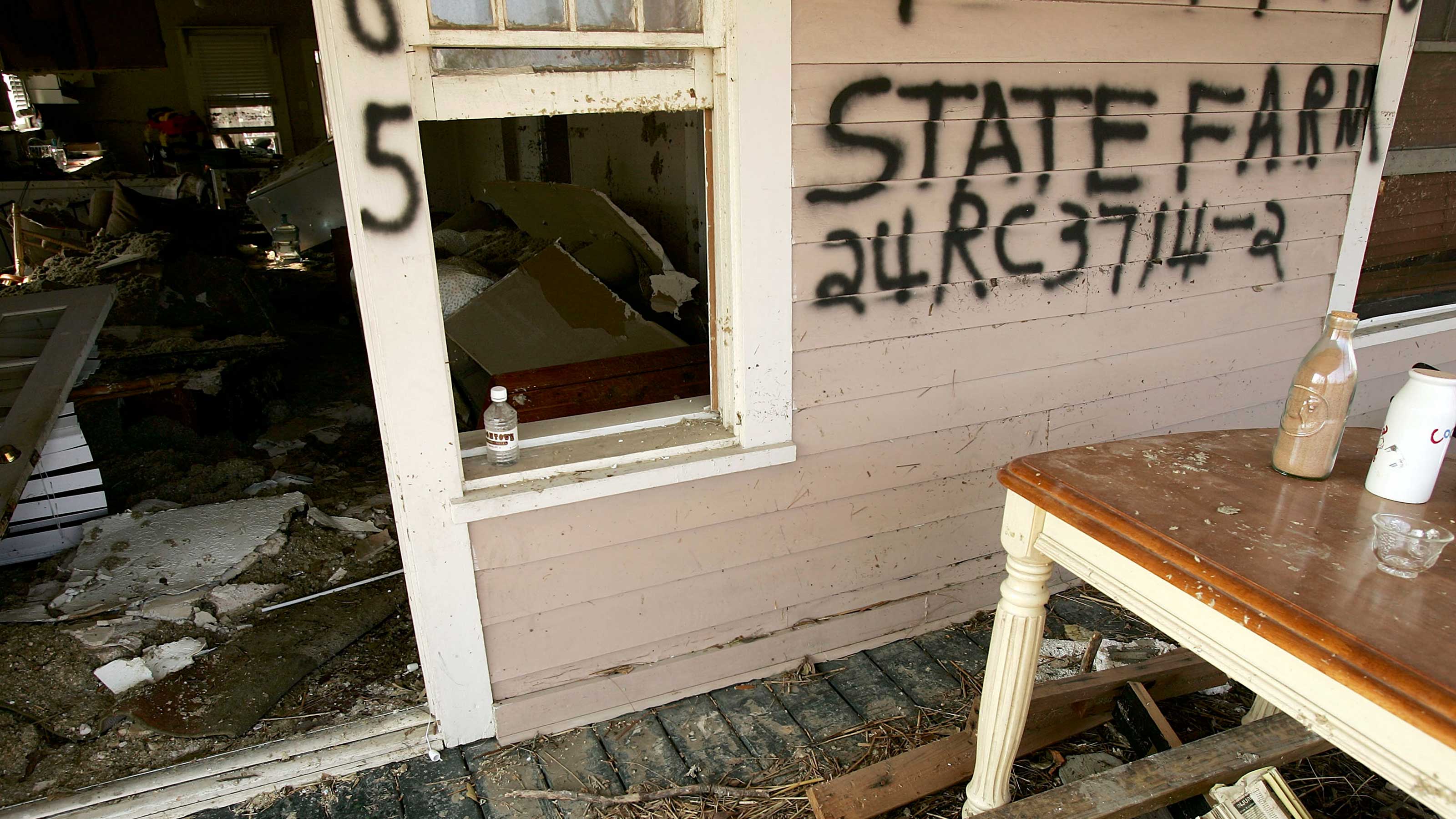
9. Your state may be able to help you with your claim
State insurance departments often dispatch consumer protection staff to disaster areas to answer questions and help you contact your insurer. Many insurance companies also have mobile claims units on the ground to assist with filing a claim and to answer any questions.
State insurance departments can also step in if you’re having trouble contacting your insurer or getting your claim paid. Many insurance departments also set up special mediation programs to help resolve disputes between residents and their insurance companies after a major disaster. For more information, see the National Association of Insurance Commissioners' insurance department map for contact information in your state.
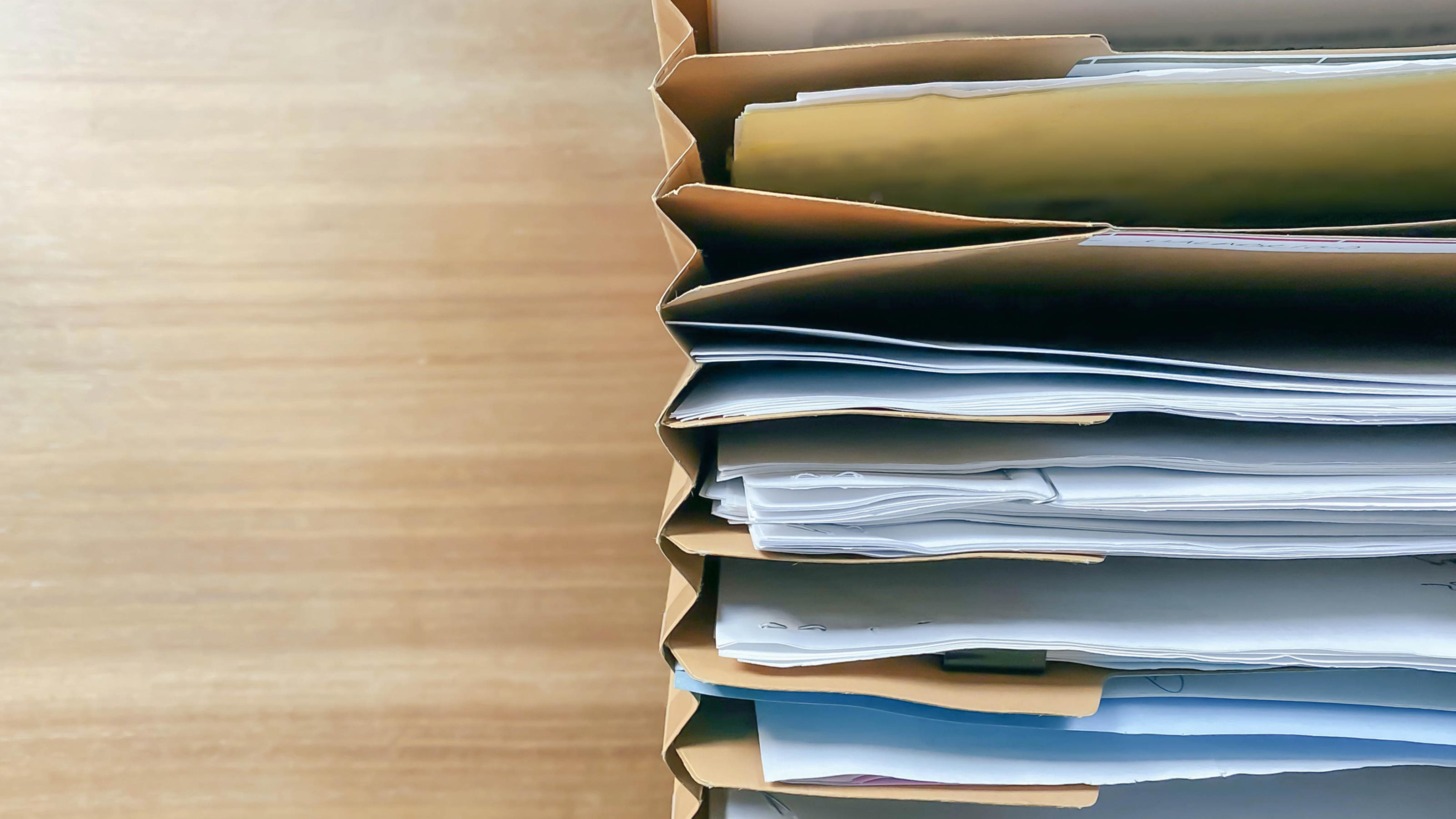
10. Storing and protecting your sensitive documents is key
It is critical that in case of a disaster, you secure all the documents you will need for insurance claims or disaster relief. Without the proper documentation it can take much longer to get financial assistance and begin the recovery process. For additional checklists and guidance on collecting and safeguarding important information, download FEMA’s Emergency Financial First Aid Kit
If your personal property or income is impacted by a disaster, you will need to provide documentation to prove you have the right to request assistance from insurance providers and from government disaster assistance programs.
Paper Copy Storage: The best option for storing paper copies of important documents is in a fire- and waterproof safe, or in a bank safe deposit box. If you use a safe deposit box, ask your bank or check State laws to confirm who can and cannot access the safe deposit box should the lessee be unable to do so.
Electronic Copies: Store electronic copies of important documents in a password-protected format on a removable flash drive or an external hard drive and keep the storage device secure in your fireproof and waterproof box or safe. Another option is to use a secure cloud-based service like Dropbox, Apple iCloud or Google Drive, to name a few. Just be sure you encrypt your documents or files before uploading them.
This all is also why Kiplinger recommends you create a financial plan for natural disasters.
Get Kiplinger Today newsletter — free
Profit and prosper with the best of Kiplinger's advice on investing, taxes, retirement, personal finance and much more. Delivered daily. Enter your email in the box and click Sign Me Up.

As the "Ask Kim" columnist for Kiplinger's Personal Finance, Lankford receives hundreds of personal finance questions from readers every month. She is the author of Rescue Your Financial Life (McGraw-Hill, 2003), The Insurance Maze: How You Can Save Money on Insurance -- and Still Get the Coverage You Need (Kaplan, 2006), Kiplinger's Ask Kim for Money Smart Solutions (Kaplan, 2007) and The Kiplinger/BBB Personal Finance Guide for Military Families. She is frequently featured as a financial expert on television and radio, including NBC's Today Show, CNN, CNBC and National Public Radio.
- Rachael GreenPersonal finance eCommerce writer
- Donna LeValleyRetirement Writer
-
 Sam's Club Plans Aggressive Expansion: Discover Its New Locations
Sam's Club Plans Aggressive Expansion: Discover Its New LocationsSam's Club expansion plans will open up to 15 new stores each year. Learn where they plan to open in 2025.
By Sean Jackson Published
-
 What Is the Buffett Indicator?
What Is the Buffett Indicator?"It is better to be roughly right than precisely wrong," writes Carveth Read in "Logic: Deductive and Inductive." That's the premise of the Buffett Indicator.
By Charles Lewis Sizemore, CFA Published
-
 Sam's Club Plans Aggressive Expansion: Discover Its New Locations
Sam's Club Plans Aggressive Expansion: Discover Its New LocationsSam's Club expansion plans will open up to 15 new stores each year. Learn where they plan to open in 2025.
By Sean Jackson Published
-
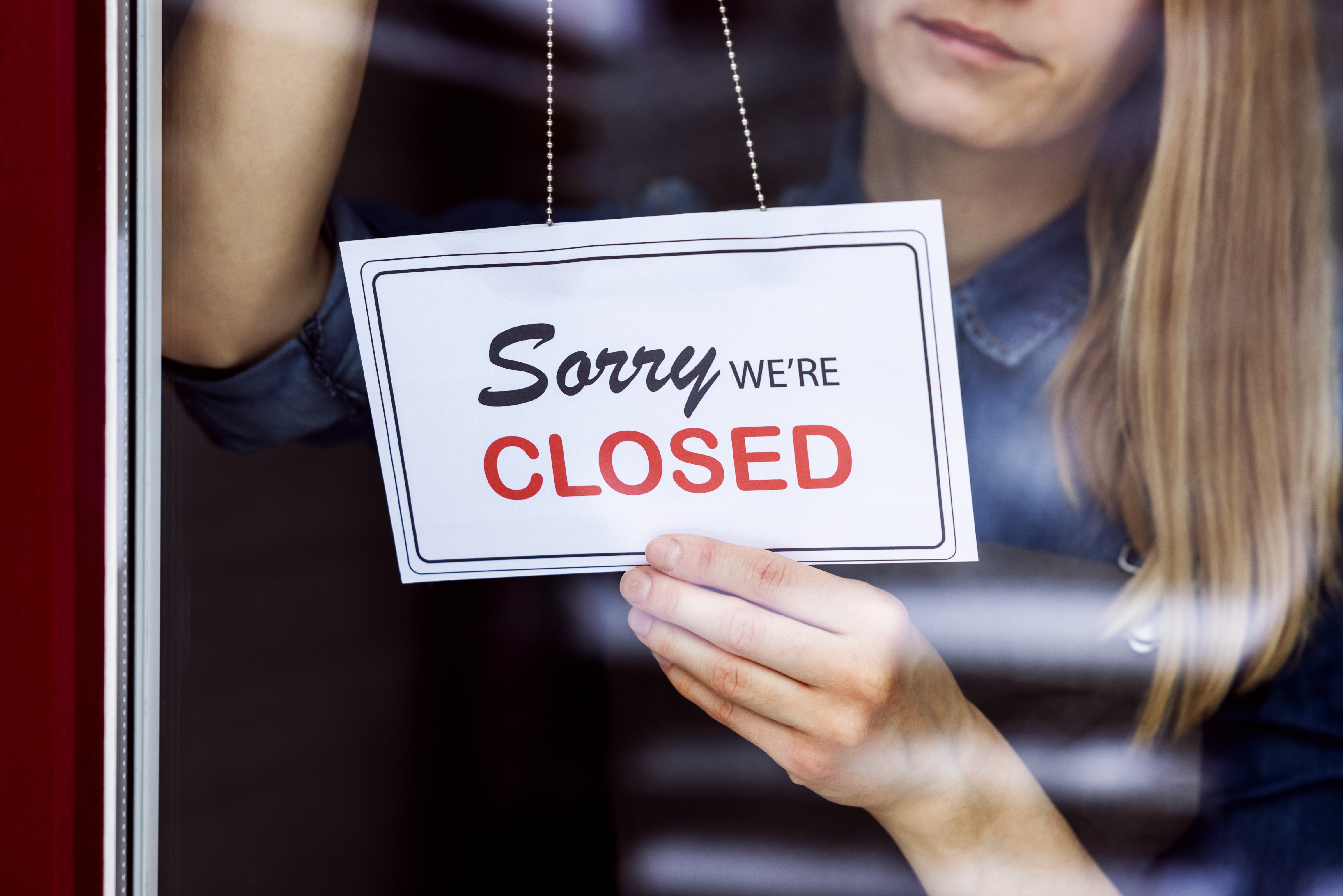 Don’t Panic About the “Retail Blackout” – See Which Stores Are Closing (and Which Aren’t) for Easter 2025
Don’t Panic About the “Retail Blackout” – See Which Stores Are Closing (and Which Aren’t) for Easter 2025Dozens of major retailers are planning to close their doors on April 20. Find out which of your go-to stores are on the list.
By Rachael Green Published
-
 Amazon Haul Online Is Here – Shop Under $20 Deals Without the App
Amazon Haul Online Is Here – Shop Under $20 Deals Without the AppThe Amazon storefront where everything costs $20 or less is now available online.
By Rachael Green Published
-
 Lowe's Stores Closing All Locations for 24 Hours
Lowe's Stores Closing All Locations for 24 HoursLowe's will close all of its retail locations and contact center for one day in April.
By Sean Jackson Published
-
 What to Do With Your Tax Refund: 6 Ways to Bring Growth
What to Do With Your Tax Refund: 6 Ways to Bring GrowthUse your 2024 tax refund to boost short-term or long-term financial goals by putting it in one of these six places.
By Rachael Green Published
-
 Trump's Tariffs Could Make Your Favorite Clothing Brands More Expensive
Trump's Tariffs Could Make Your Favorite Clothing Brands More ExpensivePresident Donald Trump announced tariffs on imported goods from a litany of countries. See how these tariffs will impact your favorite clothing line.
By Sean Jackson Published
-
 GameStop Is Closing More Stores — Here’s Where to Shop Instead
GameStop Is Closing More Stores — Here’s Where to Shop InsteadAs GameStop closes more locations, here’s how to score similar deals on games, consoles and collectibles at other major retailers.
By Kathryn Pomroy Published
-
 How Much You Could Save on Gas with Costco, Walmart and Other Memberships
How Much You Could Save on Gas with Costco, Walmart and Other MembershipsGas prices jumped 10 cents this week. Compare gas savings perks and see how much you’d save with Costco, Sam’s Club, BJ’s, Walmart Plus and Amazon Prime.
By Rachael Green Published
